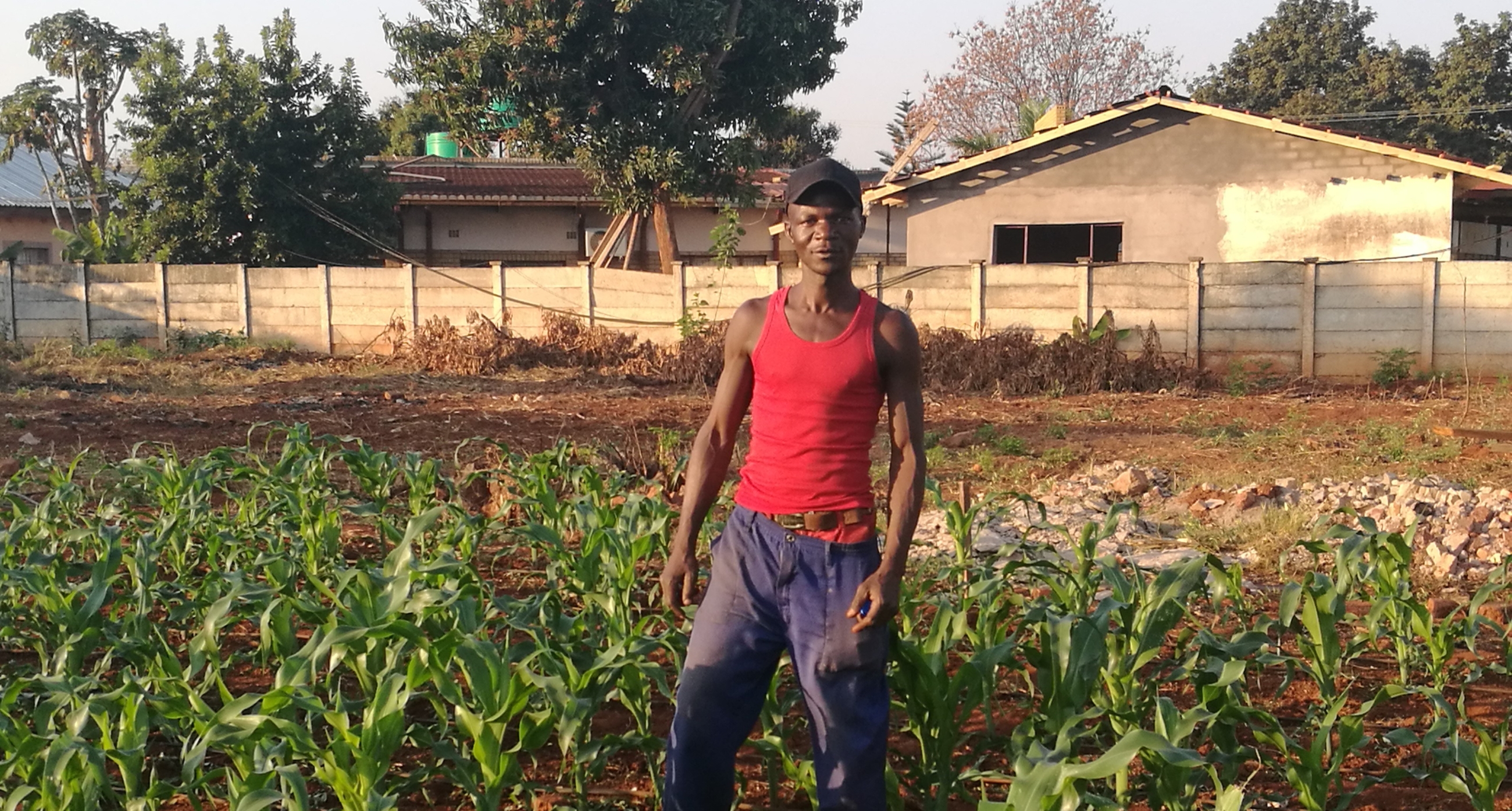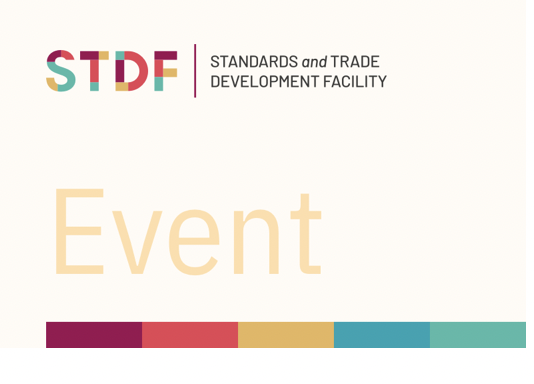
This regional project addressed the challenge of agricultural produce from six Southern African countries failing to meet Maximum Residue Limit (MRL) standards in key markets, resulting in trade restrictions.
To mitigate pesticide residue challenges, the project developed harmonised regional guidelines for the registration of biopesticides and biological control agents. These guidelines enable the reciprocal acceptance of data generated, or registrations concluded elsewhere, streamlining the registration process and promoting the use of biopesticides.
The project also developed and promoted a biopesticide-based residue mitigation strategy for mango and avocado, while producing educational materials to enhance knowledge-sharing. Combined, these efforts aimed to increase biopesticide availability, improve residue compliance and support sustainable agriculture, contributing to SDGs 2 and 8.
The project complements two STDF projects in the Asia-Pacific region (STDF/PG/634) and Latin America (STDF/PG/753).
The project targeted Southern Africa's agricultural sector, where crop exports are vital to many national economies. Agriculture contributes between 4% and 27% of GDP across the Southern African Development Community (SADC) member states and accounts for approximately 13% of export earnings, making compliance with residue standards critical for economic growth. However, some countries in the region face significant losses due to export rejections resulting from non-compliance with these standards. The Southern African Pesticide Regulators Forum (SAPReF) attributes this issue in part to the overuse, misuse, and mismanagement of pesticides. Residue exceedances are particularly common in crops treated with synthetic chemical pesticides to manage late-season pests.
Biopesticides offer a strategic solution to residue problems, as they are generally exempt from MRL requirements in importing countries and can help reduce overall pesticide use. The project tested an innovative approach combining conventional pesticides with biopesticides at the end of the crop season to control key pests and mitigate pesticide residues.
To ensure impact and inclusivity, the project engaged a wide range of stakeholders, including regulators, plant protection organisations, researchers, farmers and industry associations.
Government authorities in 6 countries have a regulatory system in place specifically for biopesticides
“Harmonised Guidelines for the Registration of Biopesticide Products and Biological Control Agents in Southern Africa” were developed with inputs from and consultations with regulatory officials (including the Southern African Pesticide Regulators Forum, SAPReF) from the participating SADC project countries, legal advisors and an international regulatory expert. The draft guidelines document then received support from all sixteen SADC member states represented in SAPReF in addition to the six beneficiary countries of the project, which was a very positive unexpected result. The harmonised SADC regional guidelines were presented to the SADC Plant Protection Technical Committee and when approved by the SADC Council of Ministers, will facilitate the registration and regulation of biopesticides and biocontrol agents, as well as promote reciprocal product registrations in SADC countries through mutually acceptable standards of biopesticide regulation. As a concrete step to promote the adoption of this regional framework, five of the beneficiary countries (Botswana, Mozambique, Tanzania, Zambia and Zimbabwe), developed roadmaps for domestication of the guidelines. The project organised 15 dialogues, including a continent-wide meeting and five in-country workshops, engaging 534 participants (312 males, 222 females) and developed five roadmaps for incorporating the guidelines into national regulatory processes.
New residue data and improved knowledge to interpret this data related to the use of biopesticides (combined with conventional pesticides) to mitigate pesticide residues
Two residue mitigation studies were conducted in avocados and mangoes to assess the efficacy of two biopesticides: Neem oil and Cryptogran. These biopesticides were tested for their ability to reduce residues from two conventional pesticides (carbendazim and methoxyfenozide), while still protecting the crops from late-season pest damage. The results showed that replacing the final pesticide application with a biopesticide achieved the same level of pest control compared to using conventional pesticides throughout the season, while reducing pesticide residues by up to 50%. These findings are a significant contribution towards the development of a biopesticide-based residue mitigation (BBRM) system that would offer growers a practical approach to managing pesticide residues. Seven large-scale growers have already started using the BBRM approach to comply with MRLs. To develop the knowledge to support wide-scale development and use of this approach, in-person technical training of laboratory and field scientists was provided to 30 people in the seven countries (21 male, 9 female), along with training on soft skills.
Established IPM strategies and GAP for key pest /crop combinations and using biopesticides
The project developed seven knowledge products, including an IPM toolkit: “Guidance Document for Evaluating the Usefulness of Biopesticides in Integrated Pest Management Programmes” and Good Agricultural Practices (GAP) guides for growers. The IPM toolkit will assist farmers in determining the suitability of biopesticides within an IPM programme under various circumstances. The GAP guides developed include user-friendly information sheets on various aspects of biopesticide use, as well as factsheets on key pest /crop combinations – namely those investigated through the residue mitigation studies of the project: anthracnose fungi on mango and false codling moth on avocado. These materials were developed in consultation with project partners and disseminated widely to key project stakeholders including growers and farmer groups. National workshops were held in five of the six project countries addressed to representatives of farmer groups on this toolkit, training 216 people (134 males, 82 females). Additionally, the project contributed data on 166 biopesticides to the CABI Bioprotection Portal, covering information from Mozambique, South Africa, Tanzania and Zimbabwe.
Other results
The project played an instrumental role in a workshop on developing continental guidelines for biopesticides, held on March 2024 in South Africa. The event convened 294 participants from across 23 countries to discuss sub-regional guidelines and set the foundation for discussions on developing continental guidelines — a process now being led by the IAPSC in liaison with other partners who engaged during the workshop.
At the country level, in Tanzania, media publicity from the avocado team encouraged companies to register more biopesticides, increasing the total from 37 to 42 and expanding use to crops like cashew and cotton.
In Zimbabwe, the project's extensive engagement with the FAO team led to unexpected yet positive results, inspiring FAO to commit to supporting domestication of regulatory guidelines and adoption of biopesticides.
Finally, the Biopesticide-Based Residue Mitigation System (BBRM) concept, which helps growers address residue challenges and access export markets, was presented at the Fourth Global Minor Use Summit. The BBRM generated interest from the Avocado Producers Association of Mexico, leading to an invitation to present at their Annual General Meeting, fostering cross-regional learning and collaboration.
Stakeholder engagement and relationship building: Engaging public sector representatives through workshops and advisory committees ensured active participation and strengthened their commitment to the project. Clearly communicating the project's benefits encouraged private sector partners' involvement, fostering ownership and contribution. Building positive relationships with regulators and policymakers generated valuable insights on national processes, helping streamline regulatory alignment. Collectively, these connections built trust and facilitated smoother interactions, enhancing the project's ability to navigate regulations. This experience highlighted the importance of proactive stakeholder engagement in aligning with national policies and ensuring the project's long-term success and sustainability.
Collaboration: Strategic partnerships with organisations such as APAARI, FAO and CABI enhanced the project’s impact by leveraging complementary strengths. APAARI supported capacity-building, while CABI facilitated biopesticide data sharing. FAO, CABI, USDA and CLAME co-supported a regional workshop on continental guidelines while collaboration with IAPSC and USDA ensured alignment with standards. These engagements ensured the project optimised resources, enabled knowledge-sharing and access to tools, ultimately amplifying its overall effectiveness and ensuring broader impact.
Flexibility and adaptability: The project’s ability to adapt to unexpected challenges, such shifting to virtual events during the COVID-19 pandemic, was crucial in maintaining momentum. STDF's flexibility in accommodating requests ensured that the project could respond to changing circumstances promptly, allowing the project to continue progressing despite challenges. The ability to quickly pivot highlights the importance of maintaining a flexible approach in project management, ensuring activities continue smoothly despite unforeseen circumstances.
Communication: Regular follow-ups through emails and phone calls were crucial in maintaining timely responses, fostering collaboration and keeping all parties remained informed and engaged. Consistent visibility across various platforms reinforced the project’s value proposition and aligned it with other complementary initiatives.
Structured meetings played an important role in keeping the project on track. Bi-weekly technical team sessions helped maintain focus, track progress and address issues swiftly. Biannual meetings with the Project Steering Committee (PSC) and Project Advisory Board (PAB) enabled continuous feedback loops, opening discussions and ensuring sustained stakeholder engagement. Lastly, regular meetings with SAPReF facilitated the broader acceptance of guidelines beyond the project countries. Combined, these efforts underscored the importance of consistent communication, structured engagement and collaboration in achieving broad stakeholder buy-in and ensuring the project's long-term success.
